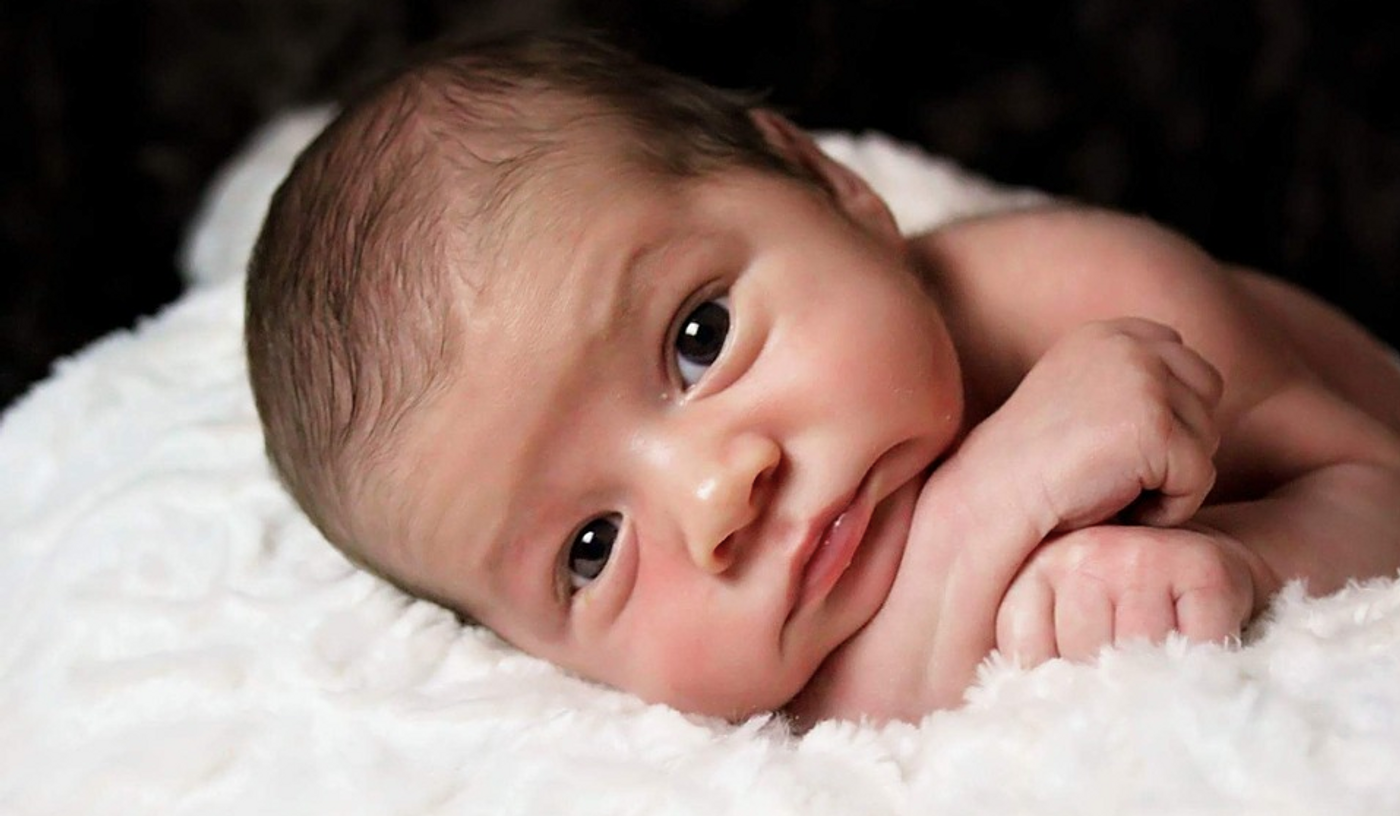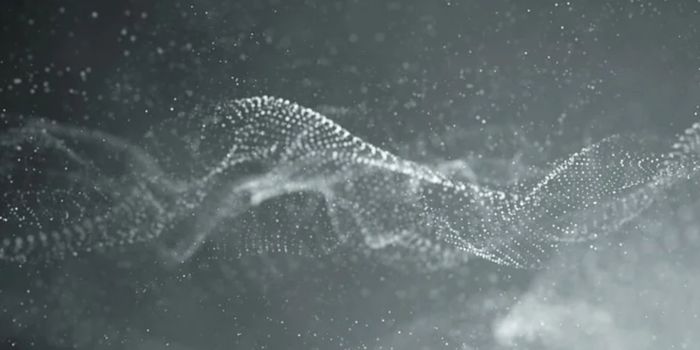The Fallout From the First CRISPR Babies Continues
Last week the world was stunned to hear that twin babies had been born after a gene-editing experiment was conducted on human embryos — the work of researcher Jiankui He did not conform to any typical scientific standards. The research was performed under a veil of secrecy, and the news came out not with a peer-reviewed paper in a scientific journal, but first with YouTube videos (including the one below), and then when He expanded on his announcement at a scientific conference.
Because we know so little about the details of He’s research, there are many questions about how it was conducted. It is not clear whether the parents of the twins that received the gene editing, called Nana and Lulu, fully understood what they were signing up for. Kelly Hills, a bioethicist at Rogue Bioethics that was contacted for comment by the Atlantic, noted that the form used in the study for consent did not qualify as a real consent form. “It’s a business form, of the kind that a company might use when subcontracting.”
It’s also become clear that He did not receive approval for this work from any regulatory body. He did not tell the university he is currently affiliated with, the Southern University of Science and Technology. They have released a statement distancing themselves from the work and stated that they were “deeply shocked by this event” and are currently seeking clarification from He, who has been on unpaid leave from the institution since February 2018.
The technology used in this work, CRISPR, has huge clinical potential but researchers agree that is not ready for use in human embryos. It may cause unintended edits, and because it can edit germline cells, the edits can be passed down to the next generation. We still have no idea what that might look like in humans. While such risks might be justifiable in case of devastating, life-threatening diseases that ruin lives at an early age, that was not anywhere close to the case with these twins.
The edit made in He’s work was to a gene called CCR5. Researchers have established that the virus that causes AIDS - HIV uses CCR5 as a gateway into cells. It’s even been used successfully as a drug target. So if the goal was to prevent the potential risk one of these gene-edited children might face if they're exposed to HIV one day, there were already ways to use drugs to reduce that risk. While the father of the twins is HIV-positive, however, they are not in danger of contracting the disease from him. It’s not clear whether or not there was even a benefit to editing CCR5.
There are risks, however. Humans that carry CCR5 mutations are more likely to die from the flu. Lulu and Nana may also be more susceptible to West Nile virus. The edits that were made were also incomplete, so not every cell in the twins’ bodies will carry the edited gene; they’ll get all the risk but not necessarily any benefit.
STAT News has reported that scientists did advise He not to go forward with the work. Mark Dewitt of Berkeley and Matthew Porteus of Stanford advised against the project.
George Church expressed some support for the project in an interview with Science, and there has been pushback against his opinions. Ethics can’t be bent to fit the outcome of the experiment, and even if the kids end up healthy, it doesn’t necessarily make the work right.
Alexis Carere, who is president-elect of the Canadian Association of Genetic Counsellors told the Atlantic: “If someone contravenes the rules that we have laid down, we are very justified in speaking out about it. The unfortunate effect of this is that it makes it seem like there is some kind of balance, and George is just in the middle. There is not.”
This research has shown that self-regulation in science does not always work; while there may be a consensus about the caution that must be applied to various aspects of technology, such consensus will not necessarily prevent those who wish to toss ethics and norms aside and forge ahead with their own goals.
In response to the work, the United Nations is convening a panel to create guidelines on the use of gene editing.
As for He, rumors that he has disappeared are now circulating. Incredibly, we may yet learn more about another gene-edited human embryo that He's lab engineered; before He left the conference, a second pregnancy was announced. Sadly, it may involve a gene that lowers cholesterol - again a wholly unnecessary edit. Stay tuned.
Sources: The Atlantic, IFLScience!, STAT News, AP News, SUSTech









